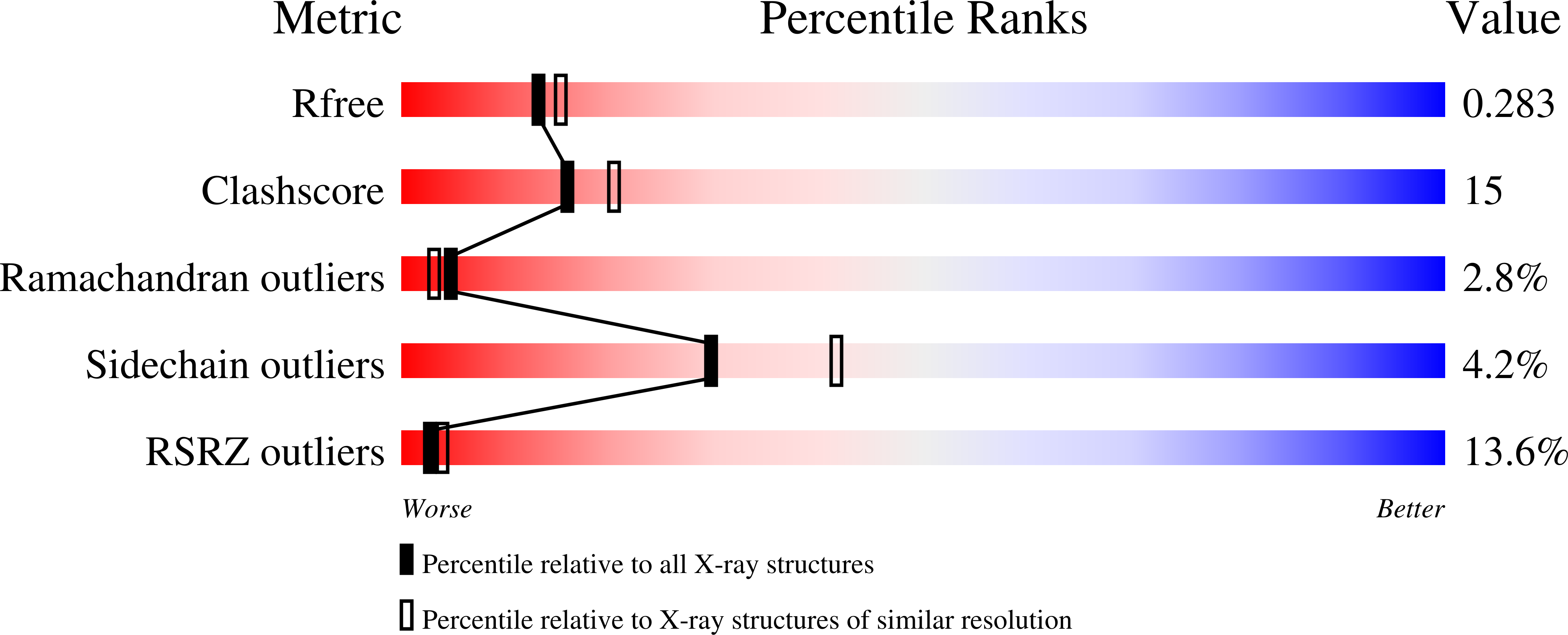
Deposition Date
2009-06-29
Release Date
2010-02-02
Last Version Date
2024-10-30
Entry Detail
PDB ID:
3I2A
Keywords:
Title:
Crystal structure of a chimeric trypsin inhibitor protein STI(L)-WCI(S)
Biological Source:
Source Organism:
Psophocarpus tetragonolobus (Taxon ID: 3891)
Host Organism:
Method Details:
Experimental Method:
Resolution:
2.30 Å
R-Value Free:
0.28
R-Value Work:
0.23
R-Value Observed:
0.23
Space Group:
I 4


